Understanding Structural Steel Fabrication
What is Structural Steel Fabrication?
Structural steel fabrication refers to the process of transforming raw steel into components that are assembled to form structures. This intricate process involves cutting, bending, shaping, and assembling steel in a way that adheres to strict engineering specifications and safety standards. The result is a range of products from beams and columns to complete frames, which are essential in the construction of buildings, bridges, and other infrastructures. Utilizing advanced tools and modern technology, companies can produce high-quality structural steel components that meet the diverse needs of projects regardless of their complexity.
Importance of Structural Steel Fabrication in Construction
The significance of structural steel fabrication in the construction industry cannot be overstated. Steel, known for its strength-to-weight ratio, offers unparalleled advantages in constructing durable structures. This material’s versatility allows it to adapt to various designs and requirements, making it a preferred choice for construction projects. Additionally, utilizing structural steel fabrication helps streamline construction timelines. Fabricated steel components are often manufactured in a controlled environment and can be delivered to the site ready for assembly, minimizing delays caused by weather or site conditions.
Key Advantages of Using Structural Steel Fabrication
There are multiple advantages to using structural steel fabrication in construction projects:
- Strength and Durability: Steel has high tensile strength, allowing for the construction of taller and more resilient structures that endure environmental stressors.
- Cost-Effectiveness: While the initial material costs may be higher than other materials, the long-term durability often results in lower maintenance and replacement costs.
- Design Flexibility: Steel can be easily molded and manipulated into various shapes and sizes, enabling architects and engineers to realize innovative designs that might not be possible with other materials.
- Improved Safety: Steel construction often presents a safe work environment as fabricated components can be assembled in a way that supports and protects workers, reducing on-site hazards.
- Faster Construction Times: Pre-fabricated components can significantly cut down on assembly times, allowing projects to be completed more quickly.
The Structural Steel Fabrication Process
Initial Design and Planning for Structural Steel Fabrication
The first step in the structural steel fabrication process involves meticulous design and planning. Engineers and architects collaborate to create detailed blueprints that reflect the project’s requirements. Software tools such as CAD (Computer-Aided Design) are employed to visualize and modify designs. This planning phase is crucial as it helps identify the necessary materials, potential challenges, and resource allocation. Moreover, effective planning can streamline the fabrication process, ensuring that all components are ready and accounted for before fabrication begins.
Material Selection for Structural Steel Fabrication
The selection of the appropriate steel grade and quality is vital for ensuring that the final product meets specific load and stress requirements. Several factors must be taken into account during material selection:
- Load Bearing Requirements: Understanding the loads the structure will endure is essential for selecting a steel grade that provides the required strength.
- Environmental Conditions: For structures exposed to extreme weather, selecting corrosion-resistant steel or applying protective coatings can enhance durability.
- Coding Standards: Compliance with industry standards such as ASTM (American Society for Testing and Materials) ensures that materials meet safety and performance requirements.
Cutting and Shaping Techniques in Structural Steel Fabrication
Once the design is finalized and materials selected, the next step is cutting and shaping the steel. Various techniques are employed, including:
- Water Jet Cutting: This method uses high-pressure jets of water, often mixed with abrasives, to cut through steel, enabling precise and intricate cuts without thermal distortion.
- CNC Plasma Cutting: Computer Numerical Control (CNC) plasma cutting allows for rapid and accurate cuts in sheet metal and complex shapes.
- Laser Cutting: Laser cutting is known for its precision, ideal for complicated designs where accuracy is paramount.
- Bending and Forming: After initial cuts, components may need to be bent or formed using hydraulic presses or rollers to achieve the desired shape for structural elements.
Challenges in Structural Steel Fabrication
Cost Factors Influencing Structural Steel Fabrication
Understanding the cost landscape of structural steel fabrication is complex and influenced by various factors. The primary cost components include:
- Material Costs: Steel prices fluctuate based on market demand, production costs, and global economic factors.
- Labor Costs: Skilled labor is essential in steel fabrication. Labor rates can vary by location and complexity of the work involved.
- Erection Costs: The expenses involved in transporting, erecting, and installing fabricated components on-site can add significantly to the total costs.
Common Mistakes and How to Avoid Them
While executing a structural steel fabrication project, several common pitfalls can occur:
- Inaccurate Measurements: This can lead to components that do not fit as intended. Ensuring precise measurements at all stages is crucial.
- Poor Communication: Effective communication between all stakeholders prevents misunderstandings about specifications and requirements.
- Neglecting Quality Control: Engaging in regular quality checks throughout the fabrication process helps identify issues early before they escalate.
Safety Considerations in Structural Steel Fabrication
Safety in the fabrication process is paramount. Various measures need to be implemented to ensure a safe working environment:
- Proper Training: Workers should be adequately trained in safety procedures, equipment handling, and emergency protocols.
- Personal Protective Equipment (PPE): Providing proper PPE such as helmets, gloves, and eyewear can significantly reduce injury risks on-site.
- Hazard Assessments: Conducting routine assessments of the fabrication area can identify potential hazards and mitigate risks accordingly.
Quality Control in Structural Steel Fabrication
Standards for Structural Steel Fabrication
Quality control is an integral aspect of structural steel fabrication, governed by various standards to ensure safety and performance. Commonly referenced standards include:
- ASTM Standards: These provide guidelines for steel properties, testing, and fabrication processes.
- AISC Standards: The American Institute of Steel Construction outlines best practices for the design and construction of steel structures.
- ISO Standards: Adhering to international standards ensures that techniques and procedures meet globally recognized quality benchmarks.
Inspection Techniques to Ensure Quality
To uphold high quality in structural steel fabrication, various inspection methods are employed:
- Visual Inspections: Regular visual checks can identify defects like rust, weld quality, and surface irregularities.
- Non-Destructive Testing (NDT): Techniques such as ultrasonic testing or radiographic testing assess the integrity of components without causing damage.
- Dimensional Checks: Ensuring that fabricated components adhere to specified dimensions is critical in preventing assembly issues.
Documentation and Compliance in Structural Steel Fabrication
Maintaining thorough documentation is vital for traceability and compliance with standards. This includes:
- Fabrication Records: Keeping detailed logs of materials used, processes undertaken, and inspection results for accountability.
- Compliance Certifications: Documenting adherence to relevant codes, standards, and safety protocols is essential for legal and operational compliance.
Future Trends in Structural Steel Fabrication
Technological Advancements Impacting Structural Steel Fabrication
Innovation is rapidly transforming the field of structural steel fabrication. Key technological trends include:
- Automation and Robotics: Automation in cutting and welding processes enhances speed, accuracy, and consistency in manufacturing.
- 3D Printing: This technology holds the potential to produce complex geometries and components previously deemed impractical.
- Building Information Modeling (BIM): BIM technology allows for improved visualization, coordination, and efficiency throughout the fabrication and construction lifecycle.
Sustainability Practices in Structural Steel Fabrication
As the push for sustainable construction grows, practices within structural steel fabrication are evolving to reduce environmental impact. Typical strategies include:
- Recycled Materials: Using recycled steel minimizes waste and reduces the energy expenditure associated with new steel production.
- Energy Efficiency: Implementing energy-efficient practices and machinery in fabrication operations can significantly lower carbon footprints.
- Sustainable Design: Architects are now designing structures with the reclamation of steel materials in mind, facilitating easier recycling at the end of life.
Market Trends Influencing Structural Steel Fabrication
Anticipating market trends is essential for businesses involved in structural steel fabrication. Significant trends include:
- Urbanization: With increasing urban populations, the demand for robust infrastructure projects has surged, propelling growth in the structural steel fabrication sector.
- Infrastructure Spending: Government investments in public infrastructure, including bridges, roads, and buildings, further drive demand for structural steel components.
- Green Building Practices: The construction industry is leaning towards sustainable practices, impacting the demand for eco-friendly materials and processes.
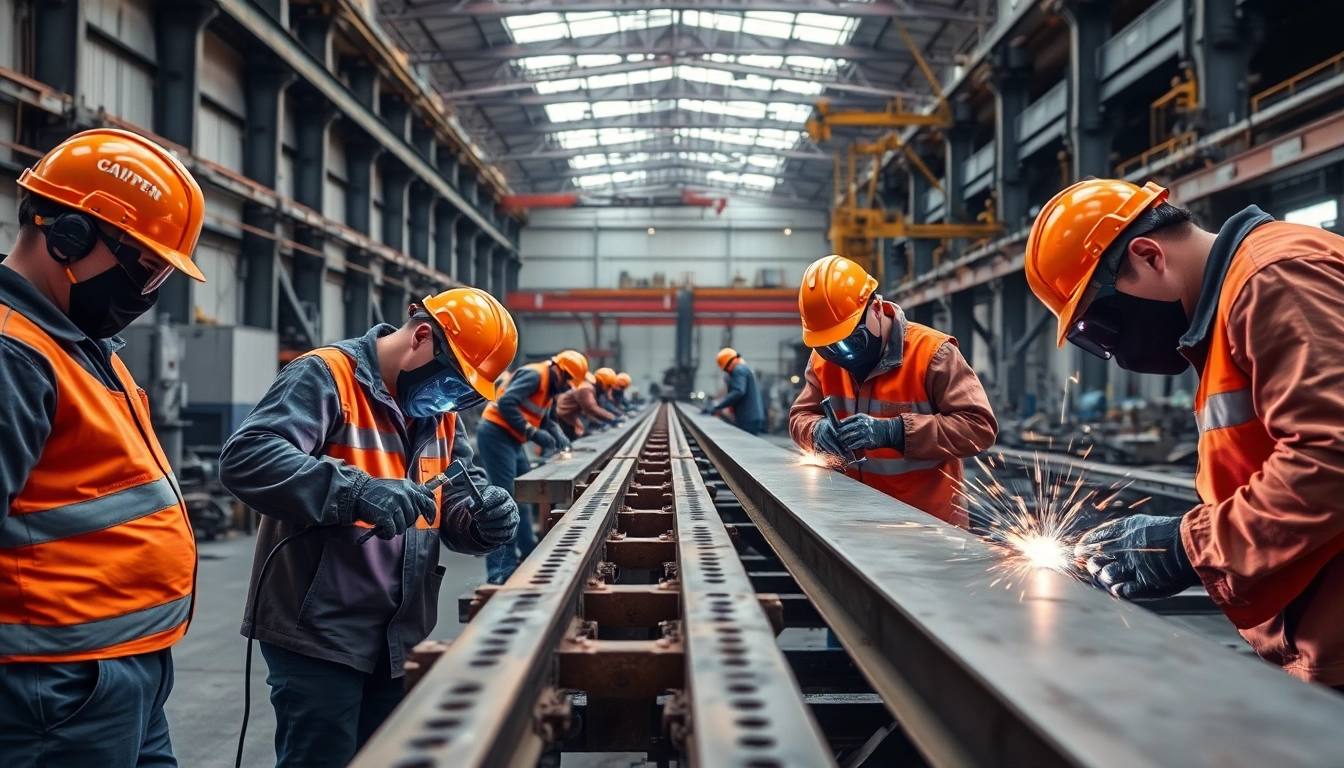
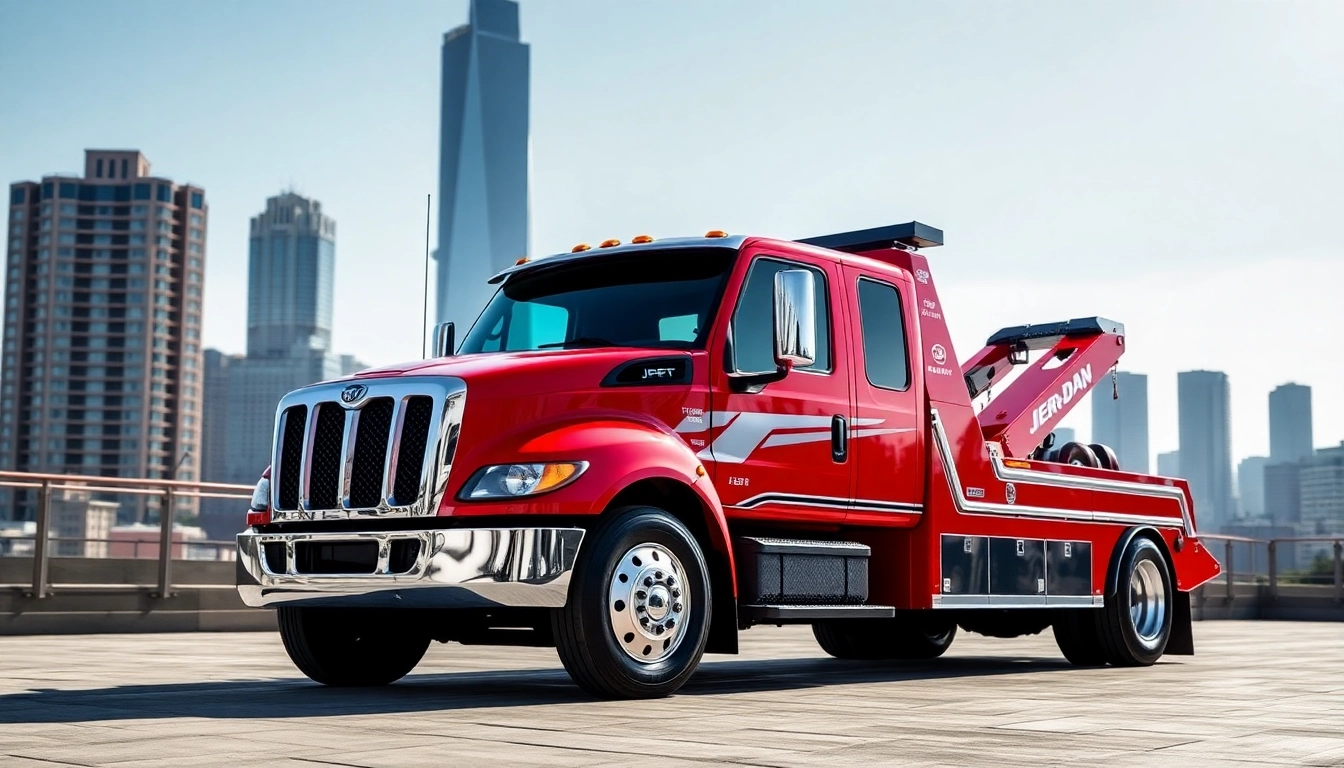
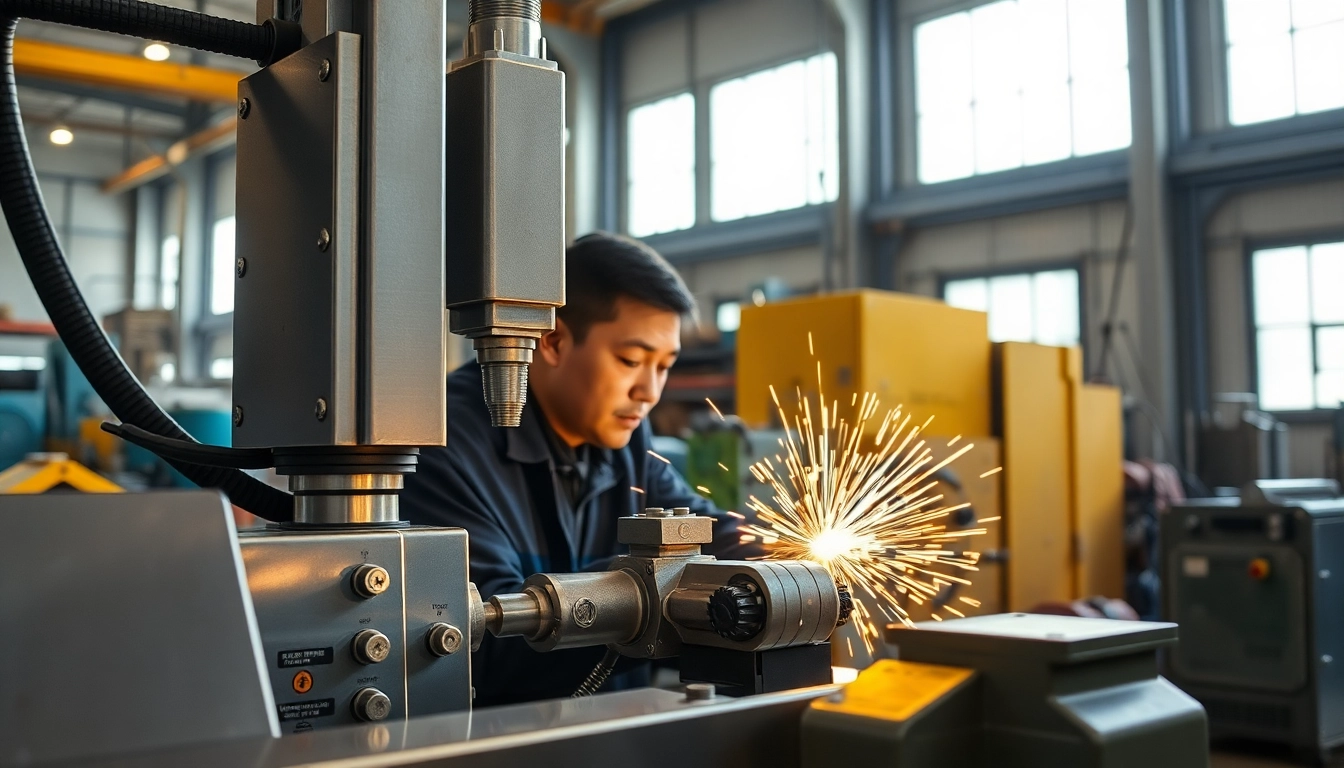


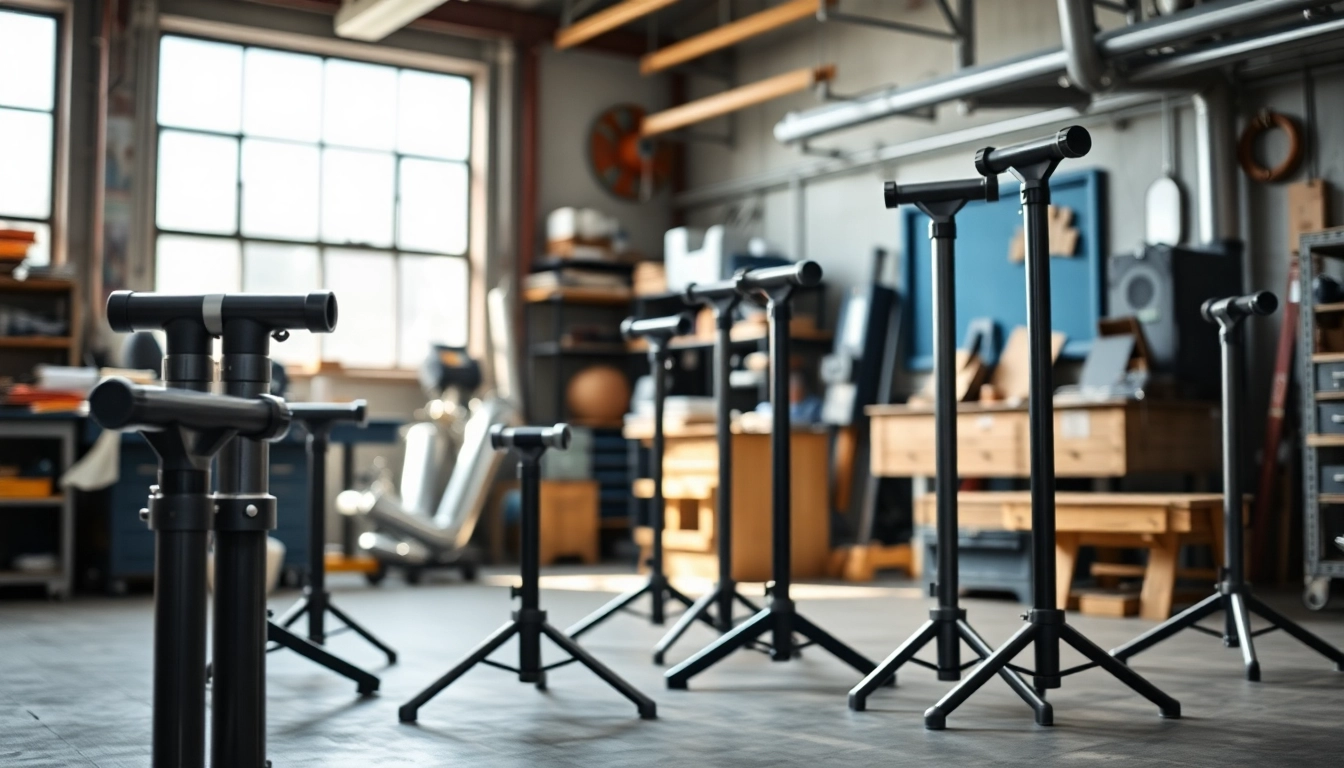
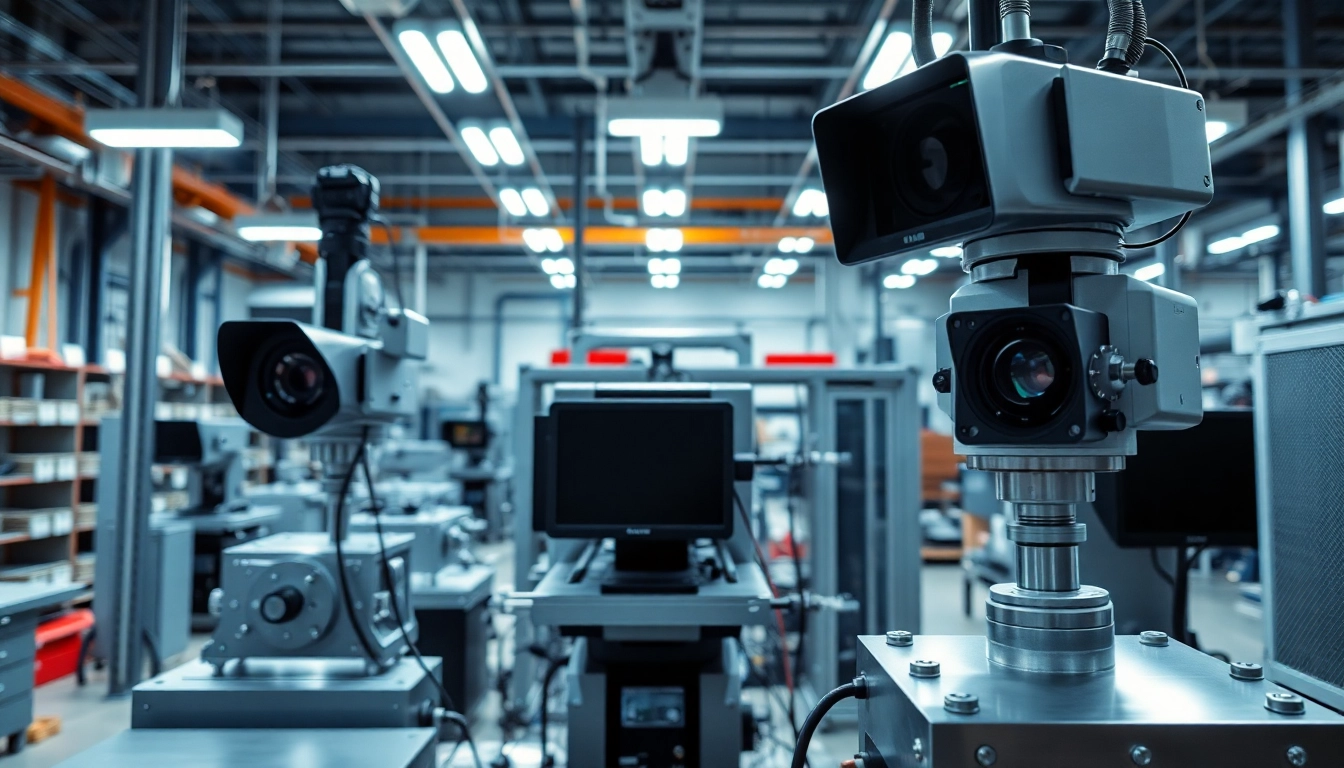

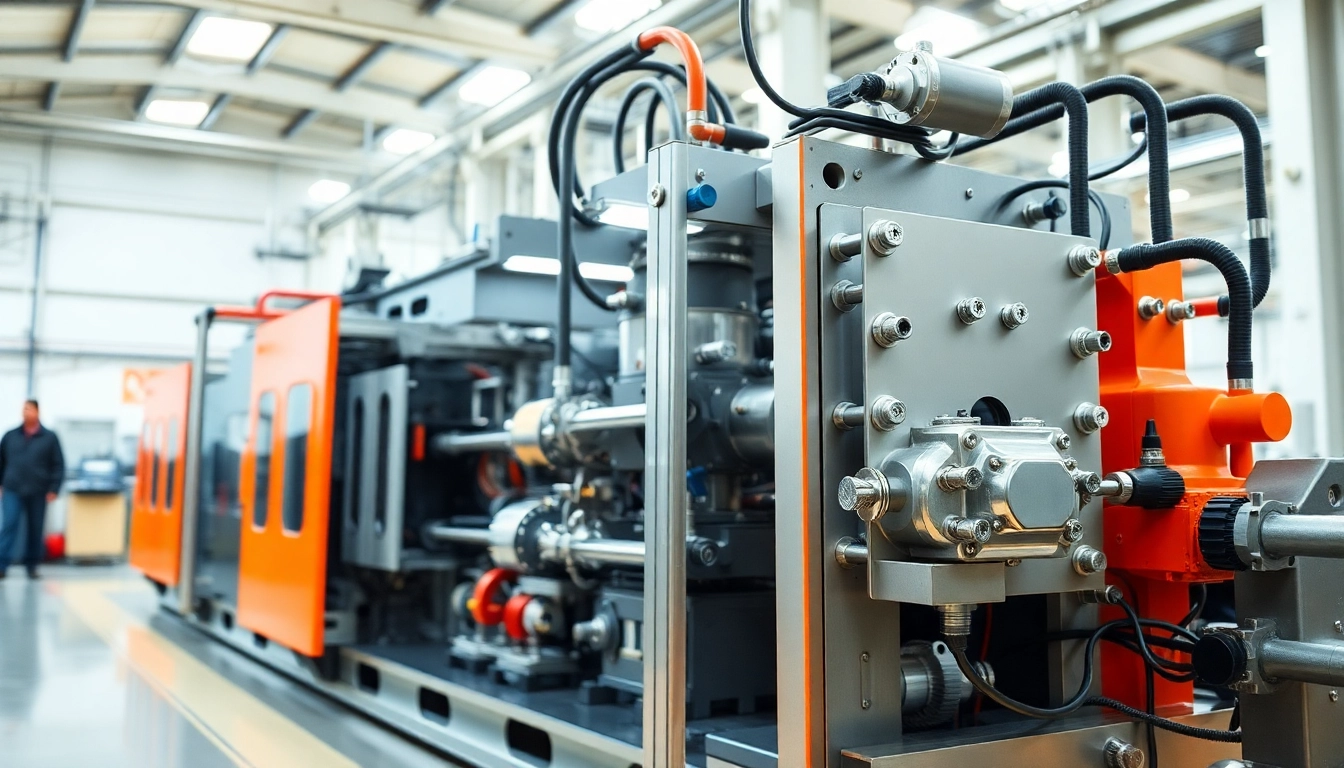
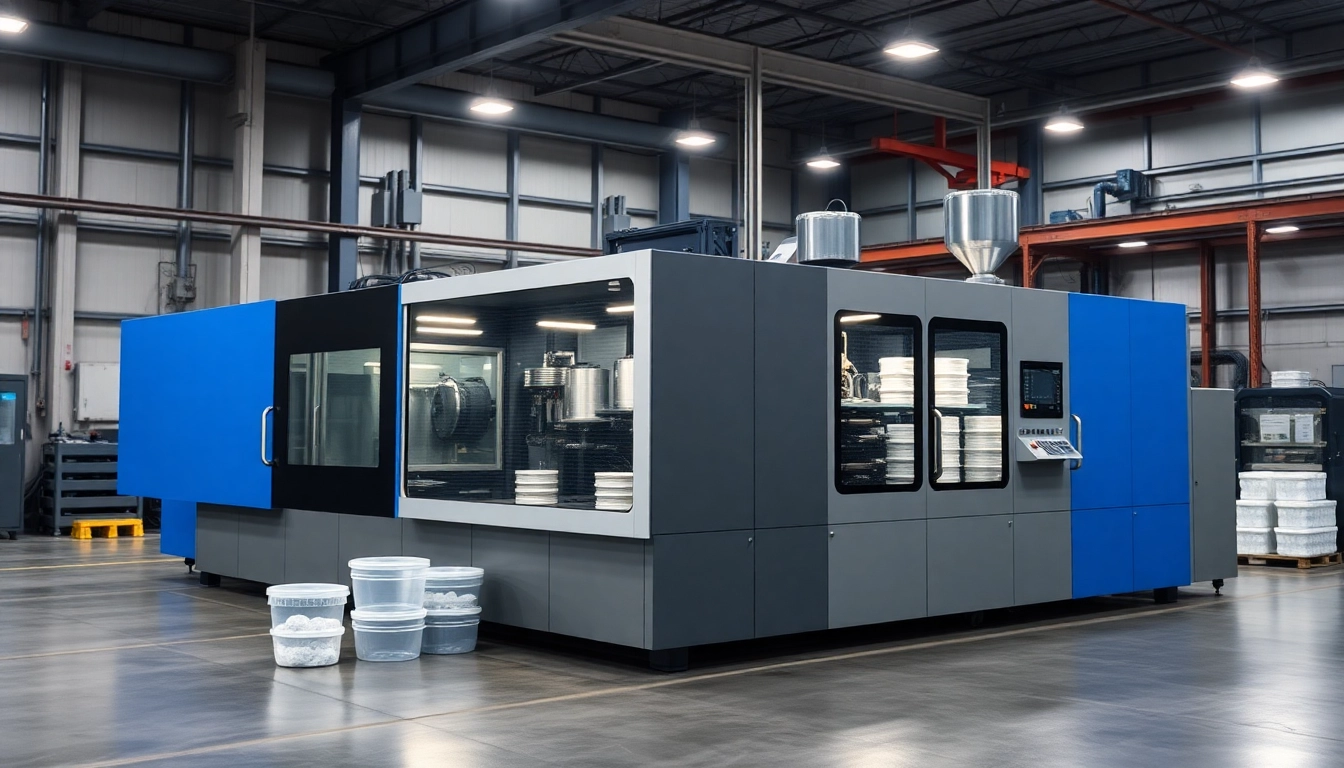
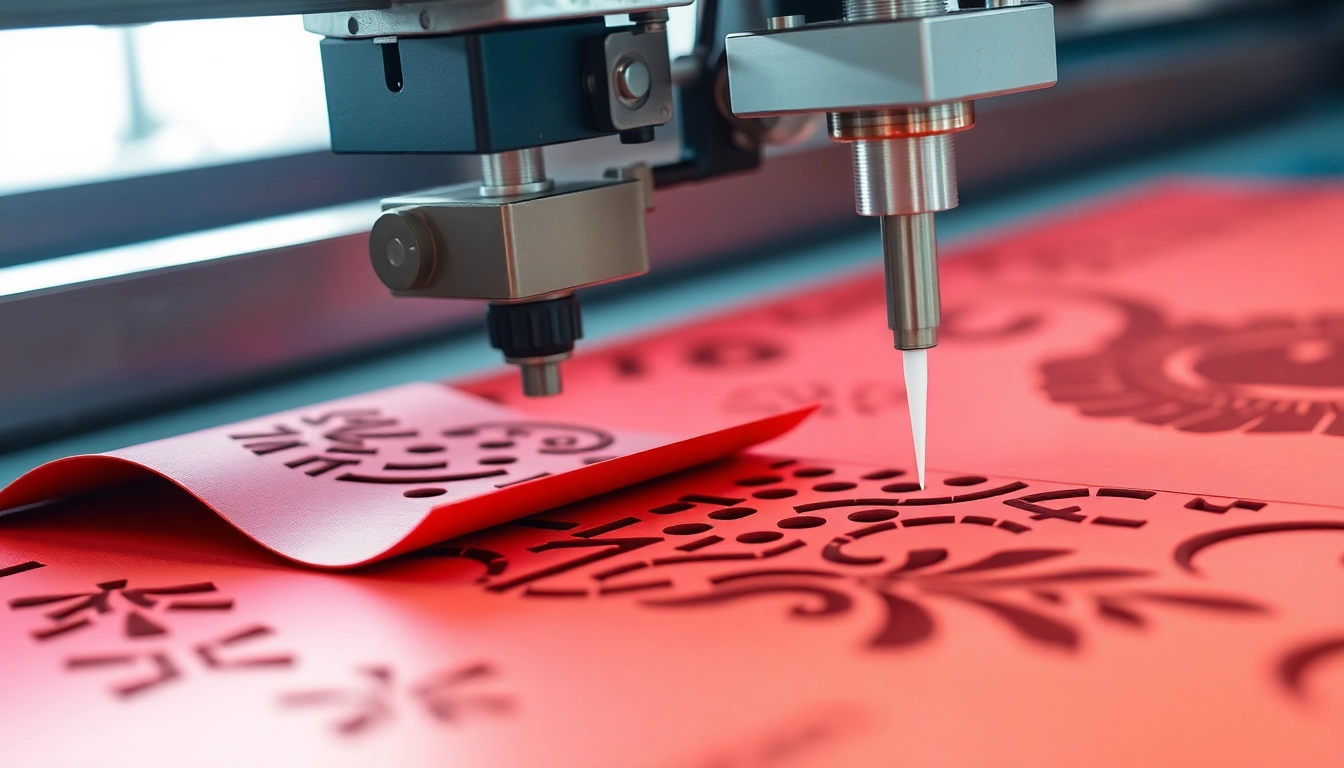




Leave a Reply